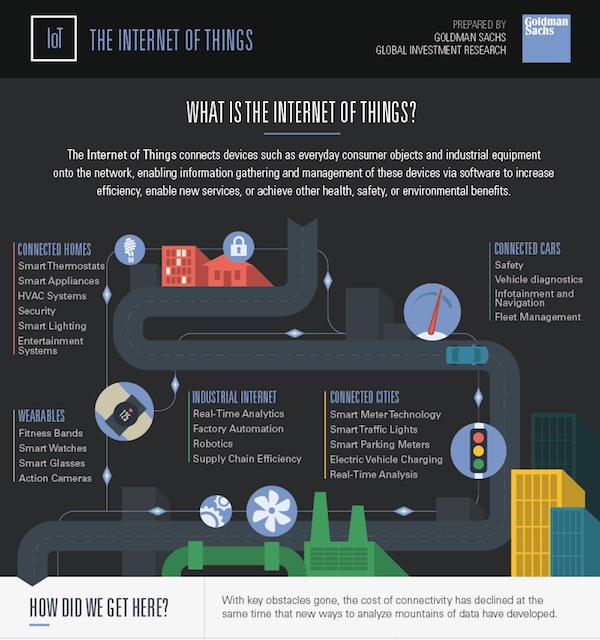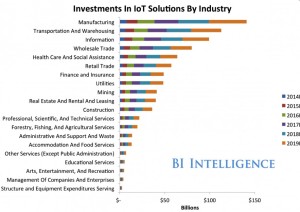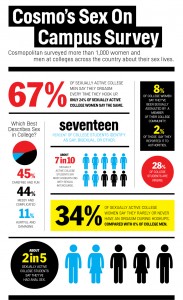In a previous post, I discussed how Uber, the online rideshare company, is disrupting the traditional taxi industry. As promised, here is my plan for how to truly disrupt the traditional higher education industry in the United States.
First, the entities that control the institutions must be neutralized. In the taxi industry, it was the local and state governance of the taxi drivers and companies. For education, that is the Department of Education and Accreditors. Sure, you might say, that is no easy task to make the DOE and Accreditors no longer relevant. I tell you, it is quite simple; and here is how.
The DOE controls the money through Title IV funding and the accreditors are a gateway to the money. Furthermore, accreditors provide some artificial seal of approval as to the quality of a program, thus allowing transferability among institutions and access to advanced degrees. So, take away the money and much of the power disappears.
Those of us in higher education know the reliance on Title IV funding is unhealthy and has caused the price of education to outpace most other industries several fold. But how do institutions drop their dependence on the new social welfare of Title IV funding? I don’t think most can. That is why we need new institutions. And those new institutions must initially come from corporate training programs.

Diploma from Hamburger University
Hold on! Here is where the conversation gets wild. Take Hamburger University, the McDonalds training program based outside of Chicago. Each year over 7,500 students attend Hamburger University and receive training that is ACE evaluated for transfer into traditional academic programs. It would not take much for McDonalds to offer enough general education requirements allowing students to earn a degree. But would the Higher Learning Commission allow McDonalds to become “an accredited institution” without jumping through years of costly self-study and bureaucratic BS?
Nope. But in my model, they would not need to.
Why? They are self-sustaining through funds from the corporation. They don’t need access to Title IV funds.
The last hurdle of non-regionally accredited universities is for their graduates to continue their education. Right now, several regionally accredited institutions will allow non-accredited and nationally accredited Bachelor degree graduates to enroll and pursue a Master’s degree. Pressure to compete will bring hundreds more willing to accept our graduates from this alternative model. While some might laugh and discredit the McDegree, I bet you a big Mac you won’t be laughing in the future.




 Samsung just announced that by 2017, 90 percent of all of its devices sold would be Internet-enabled. This is a big statement considering Samsung sold over 665 million products last year. If that’s not enough, the platform will be open, allowing developers to build other compatible software and hardware to interact with those devices.
Samsung just announced that by 2017, 90 percent of all of its devices sold would be Internet-enabled. This is a big statement considering Samsung sold over 665 million products last year. If that’s not enough, the platform will be open, allowing developers to build other compatible software and hardware to interact with those devices.


 I read a blog by Craig Ballantyne about politically incorrect time management strategies to be productive. As the CEO of an online consortium of colleges where 75% of the staff works remotely, we communicate A LOT via email. Last year after reading Tim Ferriss’ 4-Hour Work Week, I implemented an email management strategy he has used for years; I only check my emails at noon and 4:00 PM. I sent an email to my staff upon my implementation of this new system stating my intention to check emails on the above schedule. I also clarified that they are fully empowered to make any decision that costs less than $500. For those financial decisions that range between $501 – $1,000, they should consult another team member for their opinion and just do it. So many emails were for approval for items they should have the authority to carryout. As always, I would be available via phone if they needed me.
I read a blog by Craig Ballantyne about politically incorrect time management strategies to be productive. As the CEO of an online consortium of colleges where 75% of the staff works remotely, we communicate A LOT via email. Last year after reading Tim Ferriss’ 4-Hour Work Week, I implemented an email management strategy he has used for years; I only check my emails at noon and 4:00 PM. I sent an email to my staff upon my implementation of this new system stating my intention to check emails on the above schedule. I also clarified that they are fully empowered to make any decision that costs less than $500. For those financial decisions that range between $501 – $1,000, they should consult another team member for their opinion and just do it. So many emails were for approval for items they should have the authority to carryout. As always, I would be available via phone if they needed me. For those of us that have or have had a teenager in the home, we realize mornings are often like dealing with cold war era Russia. Most of the time there are no words exchanged and that is usually better because when words come out, they are not often productive or positive.
For those of us that have or have had a teenager in the home, we realize mornings are often like dealing with cold war era Russia. Most of the time there are no words exchanged and that is usually better because when words come out, they are not often productive or positive.